Importance of Rain Gear for Construction Workers
If there's one universal truth about construction work, it's that it doesn't stop for rain. Sure, torrential storms might halt proceedings briefly, but a bit of drizzle? That's no reason to down tools. However, working in wet conditions doesn't come without its challenges. Staying dry, comfortable, and safe is paramount, which is why investing in quality rain gear for construction workers is crucial.
Health & Safety Reminders
It’s not just about comfort either - working in wet conditions can seriously compromise health and safety. Cold and damp conditions can lead to hypothermia and other serious health conditions. Moreover, wet surfaces increase the risk of slips, falls, and mishaps on-site. This is where the role of rain gear steps in.
- Waterproof Clothing – Waterproof jackets, trousers, and overalls are must-have items. Outfitted with fabric technologies that repel water, they prevent rain from soaking into the clothes, keeping the wearer dry.
- High-Visibility Gear – When rain is pouring down, visibility can drop dramatically. High-visibility gear with reflective strips is important to ensure workers remain seen in poor light.
- Non-Slip Footwear – Ensuring solid footing is crucial. Anti-slip boots designed for wet conditions provide grip and stability, reducing the chances of slip-related incidents.
Remember, protecting workers from the elements is not only a matter of duty; it’s a legal requirement under Occupational Health and Safety guidelines.
Productivity Boost
If you think that quality rain gear is an unwarranted expense, consider the impact on productivity. A comfortable worker is a productive worker. When staff are dry and warm, they're more capable of focusing on the tasks at hand, rather than being distracted by discomfort. As such, proper rain gear is not a cost but an investment that can enhance overall productivity. Here's why:
- Worker Comfort – An adequately equipped worker is a comfortable worker. Keeping dry and warm enables them to continue working efficiently.
- Reduced Sick Days - Being exposed to cold, damp conditions can lead to illness, which in turn leads to sick days. Investing in rain gear can help limit these scenarios.
- Maintaining Equipment - Rain can take its toll on equipment too. Using waterproof gear protects tools, reducing the risk of rust, general wear and tear, and extending their usable life.
To sum up, quality rain gear for construction workers is essential, not only for safety but also for maintaining productivity and safeguarding the health of the workforce. So, don't view it as an expense but as an investment in worker well-being and efficiency. Doing so will benefit every facet of your construction business.
Types of Rain Gear
Whether you're an outdoor enthusiast, a city commuter, or someone who simply enjoys a walk in the park, the right type of rain gear can make all the difference between enjoying the damp environment or finding yourself feeling soggy and miserable. Today we'll be highlighting a variety of rain-resistant clothing and accessories that should be on your shopping list if you aim to stay dry when the skies open up.
Waterproof Jackets
The first and most crucial piece of rain gear to consider is the waterproof jacket. Not all jackets are created equal; to ensure optimal protection, look for jackets that specify they are 'waterproof' rather than just 'water-resistant'. Waterproof jackets provide an impermeable barrier between you and the rain, often made possible by a special coating or material applied to the fabric. Features to consider include:
- Breathability: A good waterproof jacket allows sweat to escape, letting your body breathe.
- Sealed seams and zippers: For a jacket to be truly waterproof, it needs to have sealed, or taped, seams and waterproof zippers to prevent leaks.
- Adjustable hood and cuffs: These can help keep water from sneaking in around your neck and wrists.
Storm-Resistant Trousers
To pair with your waterproof jacket, consider storm-resistant trousers. These are specially designed with the same waterproof material and application process to ensure your legs and lower body stay as dry as possible. When choosing storm-resistant trousers, look for:
- Elastic or adjustable waistbands: These ensure a snug, comfortable fit that keeps the rain out.
- Zippers at the leg openings: This feature makes it easier to get the trousers on and off over shoes or boots.
- Lightweight fabric: The lighter the fabric, the less weight you have to carry, making them more comfortable.
Anti-slip Boots
Ensure your footing stays secure, even in wet conditions, with a pair of anti-slip boots. Suitable for both city walks and hiking, they come with specially designed soles to provide extra grip on slippery surfaces. When purchasing, look for boots with:
- Waterproofed or water-resistant material: Just like the jacket and trousers, your boots need to keep your feet dry.
- Good tread: The depth and design of your boot's tread affect its grip on slippery surfaces.
- Comfort and fit: Your boots should fit well, offer good support, and be comfortable for extended wear.
Water-resistant Gloves
To protect your hands, water-resistant gloves are indispensable. These gloves are designed with a water-resistant outer shell and often have thermal lining for warmth. Important features to consider include:
- Size and fit: Choose one that fits your hand perfectly to maintain hand flexibility.
- Insulation: Depending on the weather, you may want a glove with extra insulation.
- Neoprene and rubberized materials: These materials help repel water and keep your hands dry.
Reinforced Rain Hats
Lastly, even with a hood on your waterproof jacket, a reinforced, waterproof hat can provide an extra layer of protection. Especially useful for those with glasses, these hats help to keep rain droplets from spotting your vision. Factors to consider when choosing rain hats include:
- Wide brims: A wide brim helps guide the rain away from your face and neck.
- Strap or tie: This ensures your hat stays put in windy conditions.
- Waterproof material and design: As with all rain gear, make sure your hat is constructed of waterproof materials and designed to keep you dry.
In summary, having the right gear can transform a rainy day from a nuisance to an opportunity to enjoy the unique beauty that comes with a wet landscape. With these waterproof garments and accessories, you'll find yourself reaching for the outdoors, rain, or shine.
Optimal Construction Rain Gear Features
Rain or shine, construction work doesn't stop. An industry that prides itself on a strong work ethic, construction projects are known to continue even in the face of inclement weather. This presents workers with a significant challenge on how to stay protected from the adverse weather conditions while still remaining efficient on the job. Astoundingly, the answer to this looming challenge is found in the ideal construction rain gear.
Before we dive into the intricate details of what constitutes ideal construction rain gear, here's a quick spoiler - the gear should possess key features like water resistance, durability, breathability, and versatility. Now, let's dissect each feature and understand why they're absolutely integral.
Water Resistance
Let's start with the most obvious – water resistance. It's no secret that construction work demands physical labor, and with it, the inevitable exposure to outdoor elements. The last thing any worker needs is a soggy suit dampening their spirit and productivity. Thus, the first mandate of any optimal construction rain gear should be to keep the wearer dry. The material of the gear should repel water and prevent it from soaking through the fabric.
Durability
Moving on, we ought to discuss durability. Construction sites are not exactly known for their friendly conditions. Amid the daily wear and tear, the gear should last, offering workers the value for their money. Reinforced seams, heavy-duty zippers, and robust material are indications of gear built to withstand tough conditions.
Breathability
While many might overlook this feature, breathability is an essential trait of optimal construction rain gear. After all, no worker wants to be wrapped in material that doesn't allow ventilation. Breathability ensures that sweat and moisture do not get trapped inside, keeping the worker dry, comfortable, and focused.
Versatility
Lastly, let's talk about versatility. Wouldn't it be wonderful if one gear could adapt to changing weather conditions? Few realize that the best construction rain gear is not just for the rain. Heat-retaining fabric for cold days and visionary designs for low-light conditions depict how far versatility can reach. The ability to adapt to changing work landscapes makes the gear an indispensable asset on the construction site.
No matter what the weather forecast says, a worker equipped with optimal rain gear possessing these fundamental features will ultimately enhance productivity. Earning its place as the unsung hero of the construction industry, good-quality rain gear also champions the cause of worker safety and well-being. So, whether it is the torrential rain or the blistering wind, rest assured, the optimal construction rain gear has got you covered.
Assessing Quality
In a world bubbling with countless brands and innumerable products, discerning the supreme from the subpar can often prove to be a gargantuan task. However, with a little insider knowledge and a discerning eye, you can ensure that you are always choosing the absolute highest in quality. Buckle up and join us on this enlightening journey as we unravel the key considerations in assessing the quality of a product.
Material Quality
While sifting through heaps of products, one of the paramount things you need to zoom in on is the material quality. It plays a pivotal role in determining durability, aesthetics, and most importantly, the overall quality of the product:
- Look for high-grade materials such as reliable metals in tools or robust and resilient fabrics in apparel.
- Beware of replacements and imitations. Real leather, for instance, far outlives synthetic alternatives.
- Consider sustainability. Natural and organic materials are not only better for the planet, but they often present superior quality.
Construction Quality
Construction quality entails how well a product is made. A poorly made product from high-quality materials will still fall short of its potential. Here's what you need to keep an eye on:
- How well pieces fit together: a product with tight seams and joints is likely of higher quality.
- Look for signs of careful assembly versus mass production. Handcrafted items, for example, often offer exceptional quality.
- Check for tears, faults or inconsistencies. These can be telling signs of poor production processes.
Comfort
Regardless of material and construction quality, a product's comfort level can ultimately dictate its quality. Whether it's an office chair, a pair of trainers or even a watch, it's crucial that the product offers comfort. Next time you assess for comfort, remember:
- Comfort can be subjective. What works for one may not work for another. Always consider your preferences and needs.
- Trial is key. If you have the chance, try it on for size. Spend a few minutes to check if it feels right.
- Frequently, comfort is linked with more expensive materials and careful construction, but not always. It's all about balance.
Weather Resistance
Lastly, for many products, their ability to withstand weather changes can be a deciding factor in their quality. Outdoor gear, construction materials, and even some home decor items can benefit greatly from weather-resistant properties:
- Look for information on the product's resistance to elements such as sun, rain, wind, or cold.
- Keep an eye out for special treatments or coatings that can enhance a product's durability.
- Consider your geographical location and related weather conditions before making a purchase.
Assessing quality can be time-consuming, but it's utterly rewarding in the long run. By fine-tuning your evaluation process and giving a product the thorough check it deserves, you can make more informed decisions and advance towards a future of high-quality purchases.
Maintaining Your Rain gear
Rain gear is an essential component of any adventurer's kit. Familiar paths can become rivers and mountains can transform into waterfalls within a matter of moments. Getting caught unprepared in such conditions is not just a matter of discomfort, but it can also pose serious safety risks. Here we will share some crucial tips on how to properly maintain your rain gear to ensure it remains in optimal condition and continues to provide the protection you need.
Cleaning
It may seem counter-intuitive to clean gear designed to get wet, but it's a critical step to maintain its water-repelling properties. Dirt, sweat, and oil can degrade the material over time, reducing its water resistance. Here's how you should generally clean your rain gear:
- Use a Gentle Cleaner: Avoid harsh detergents, as they can strip away the gear's water-repelling treatment. Instead, opt for a cleaner designed specifically for technical outdoor clothes.
- Hand-wash Gently: Too much scrubbing can also damage the material. If you must machine wash, ensure you use the gentle cycle.
- Air-dry: Heat can also pose risks to your rain gear. To prevent such damage, skip the dryer and let your gear air dry instead.
Storage
Good storage practices can significantly extend the life of your rain gear. Here are a few tips to help prevent damage during storage:
- Dry Completely Before Storage: Storing damp gear can lead to mildew growth, which weakens fabric and compromises its water resistance. Always make sure your gear is completely dry before stowing it away.
- Avoid Exposure to Sunlight and Heat: Excessive exposure to sunlight and heat can degrade your gear's material over time. Store your gear in a cool, dark place to help maintain its quality for longer durations.
- Give Your Gear Some Space: Compression can lead to material breakdown and weakened water resistance. When not in use, give your gear some room to breathe.
Inspection
Regular inspection is key to catching early signs of wear and tear. Here are some things you might want to look out for:
- Check For Discoloration: This can indicate the material is degrading and may no longer be as water-resistant as it once was.
- Check Seams and Zippers: These are common weak points which might leak first.
- Look for Tears and Holes: Even small openings can lead to significant leaks in a downpour.
By getting into the habit of cleaning, storing, and inspecting your rain gear properly, you're setting yourself up for successful adventures regardless of what mother nature has in store. Weather the storm with confidence, knowing your gear is up to the task.
Purchasing Tips for Rain Gear
Let’s face it; nobody likes walking in the rain without being adequately prepared. It's not just about avoiding the inconvenience of getting drenched but also about the importance of staying healthy and catching a cold. For both comfort and health, having the right rain gear is a wise and cost-effective investment. But what should you look out for when purchasing your rain gear? This guide presents insightful tips to guide you in making an informed choice.
Budgeting
When shopping for rain gear, it is crucial to have a clear budget in mind. The market offers a wide variety of options in different pricing categories. Do your research beforehand and determine the price range that suits your financial capability, remembering to factor in other nuances such as durability and convenience. Here are some simple budgeting rules;
- Do not compromise quality for the sake of saving money.
- High-price doesn't always guarantee the best quality. Sometimes you are just paying for branding.
- Remember that a more expensive but sturdier item can cost less in the long run as it won't need replacing as often.
Size & Precision
Equally important when it comes to rain gear is the size. A size too large or too small can be both uncomfortable and ineffective. Measure your size accurately before making a purchase. For online purchases, refer to the provided size charts, paying close attention to the measurements. If possible, try on different sizes in a physical store before settling on the one that best fits you.
Reliability
Rain gear must be dependable; after all, its primary function is to shield you from rain. So, how do you judge the reliability of rain gear? Look for items with a water-resistant or waterproof label. The material should be sturdy, preferably with sealed or taped seams. The gear should cover you adequately from top to bottom, and it should stay firmly in place without slipping off.
Consider Seasons
Apart from seasonal changes in rainfall volume, the level of humidity and temperature also fluctuates. You need to own rain gear suitable for all seasons or at least for the ones prevalent in your locality. For areas with heavy winter snow, you'd benefit from insulated and waterproof gear as opposed to lighter materials suitable for warmer climates.
Crafting your wardrobe with a deliberate plan makes all the difference. No one likes to be caught unprepared when the rain decides to fall. Remember the purchasing tips outlined in this guide the next time you go shopping for rain gear. Consequently, you'll be able to gently stroll through the rain, enjoying the rhythmic tap-tap on your umbrella, without the worry of getting drenched or worse, falling sick. Happy shopping!
Conclusion
Adequately equipping oneself is the first line of defense any construction worker has against the fickle weather. As you've explored in this article, the right rain gear not only ensures safety and health but also enhances productivity by providing the comfort and durability required during soggy weather. It's not just about whether the gear is waterproof, factors like breathability, versatility, and the quality of construction equally matter.
Proper maintenance and regular inspections can prolong the life of these crucial pieces of equipment. Including a versatile rain gear item in your wardrobe, devised with precise sizing and season suitability, can make a world of difference in daily life. Cost-effective choices do exist; it's about finding the balance between price and quality.
Hurricane Raingear champions the cause of providing top-of-the-line, affordable rain gear. Infused with innovation and tested in the harshest weather conditions, our products are designed for durability and comfort. We take pride in our 100% waterproof and rip-resistant rain gear handcrafted in the Pacific North West. Visit our website Hurricane Rain Gear to explore our extensive range of products. Remember, choosing the right rain gear is an investment in your safety and comfort on the job. Don't let the weather dictate your workday, take control today!
Frequently Asked Questions
-
What are some of the top rain gear options for construction workers?
Some of the top rain gear options for construction workers include waterproof jackets, pants, and coveralls, rubber or PVC rain boots, waterproof gloves, and hats with a wide brim or a hood.
-
Why is it important for construction workers to have proper rain gear?
Construction workers need proper rain gear to protect themselves from getting wet and cold during rainy weather. It helps maintain their comfort, prevents illnesses, and ensures they can work efficiently and safely.
-
What features should I look for when choosing rain gear for construction work?
When choosing rain gear for construction work, look for waterproof and breathable materials, durable construction, reinforced seams, adjustable cuffs and hoods, reflective elements for visibility, and pockets for storage.
-
Are there any specific brands known for offering high-quality rain gear for construction workers?
Yes, there are several brands known for offering high-quality rain gear for construction workers, including Carhartt, Helly Hansen, Dickies, Marmot, and Columbia. It's important to choose a reputable brand for reliable and long-lasting rain gear.
-
Can rain gear be used in both warm and cold weather conditions?
Yes, rain gear can be used in both warm and cold weather conditions. In warm weather, choose rain gear made of breathable and lightweight materials, while in cold weather, opt for insulated and layered rain gear for added warmth.



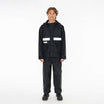
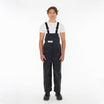
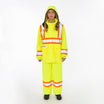
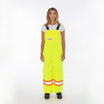
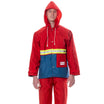
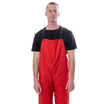
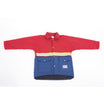
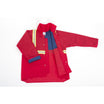
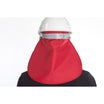

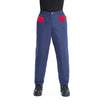
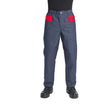
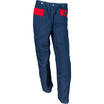
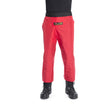
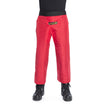
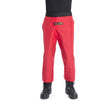
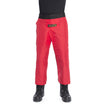
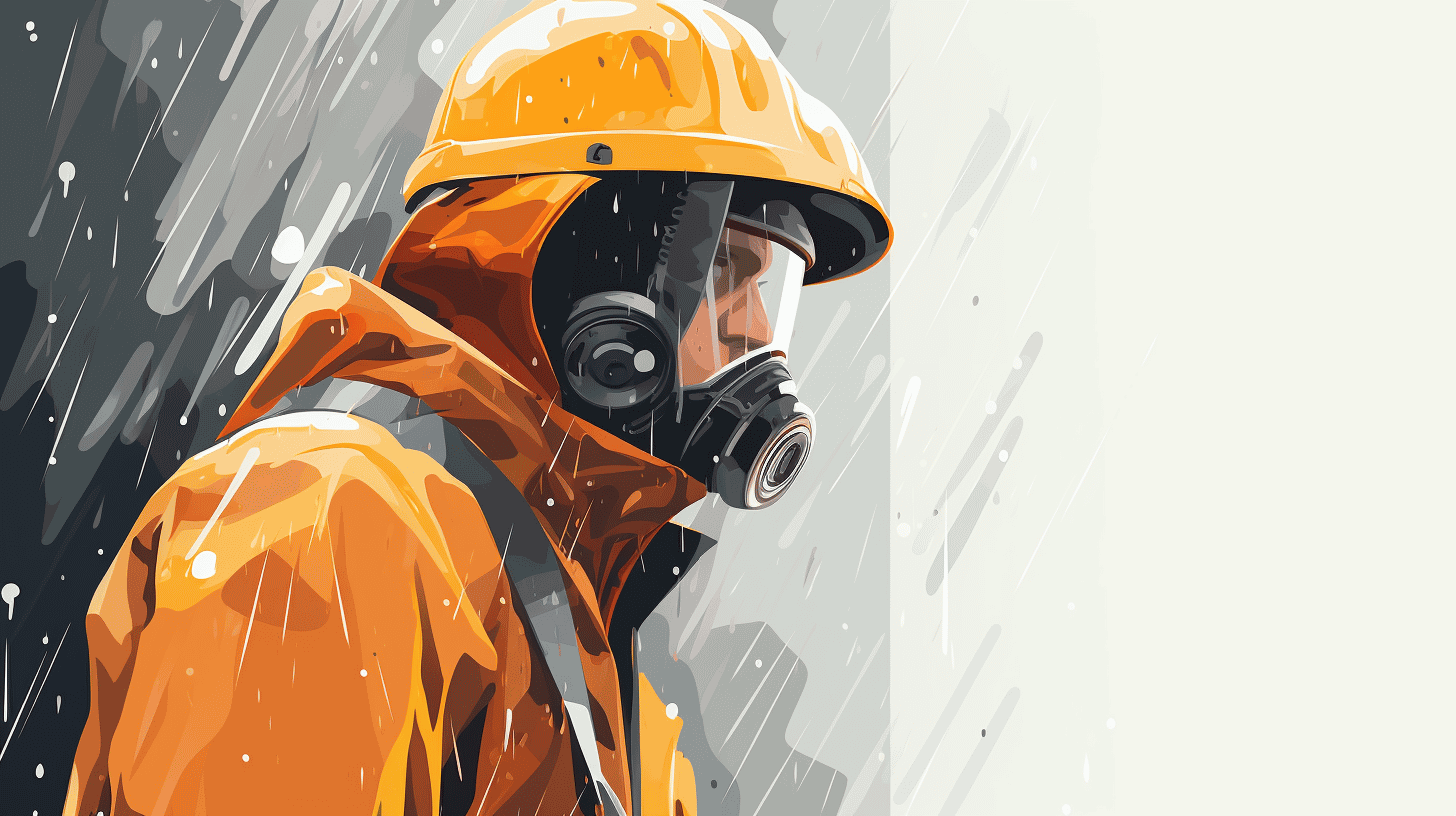
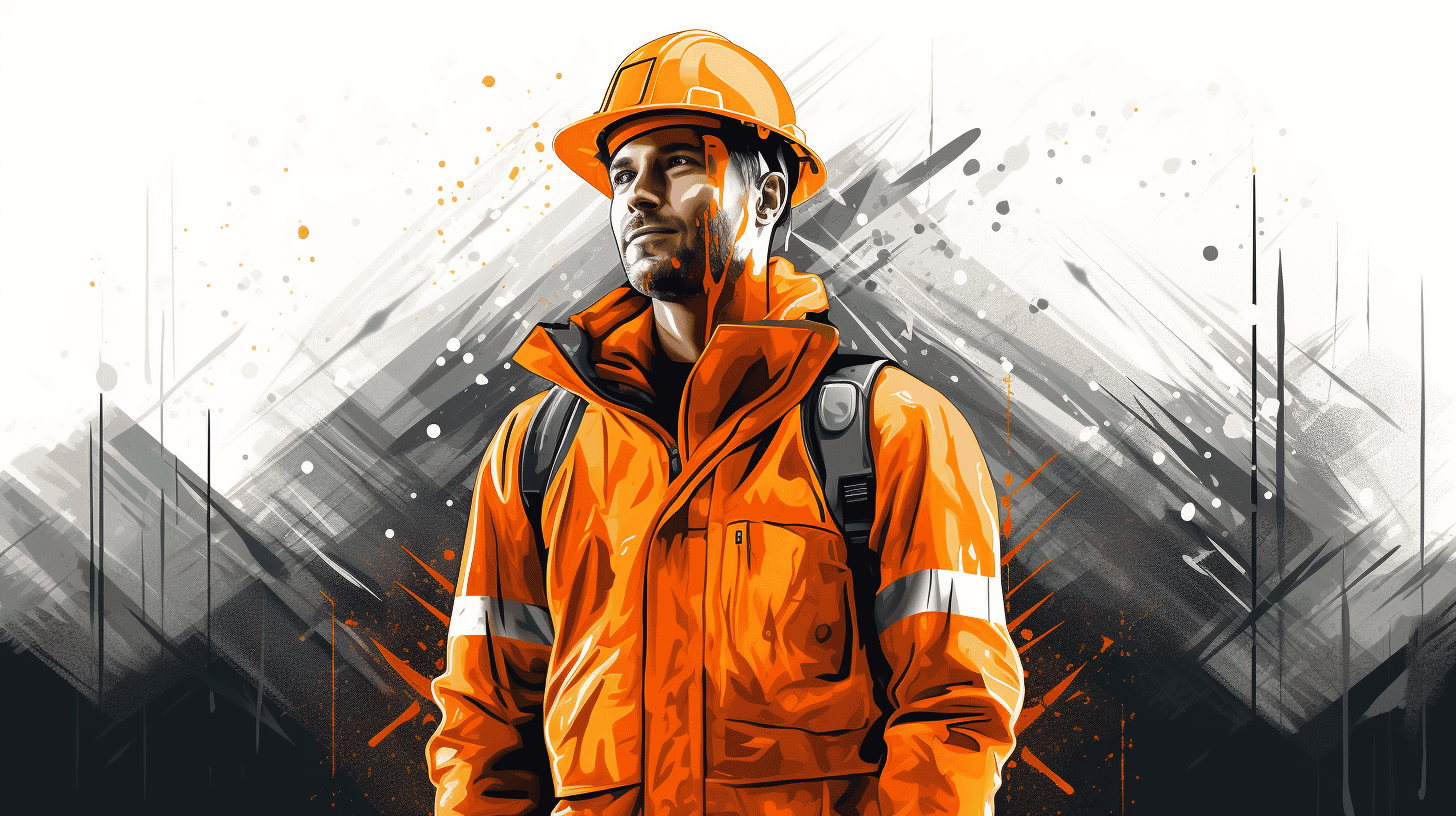
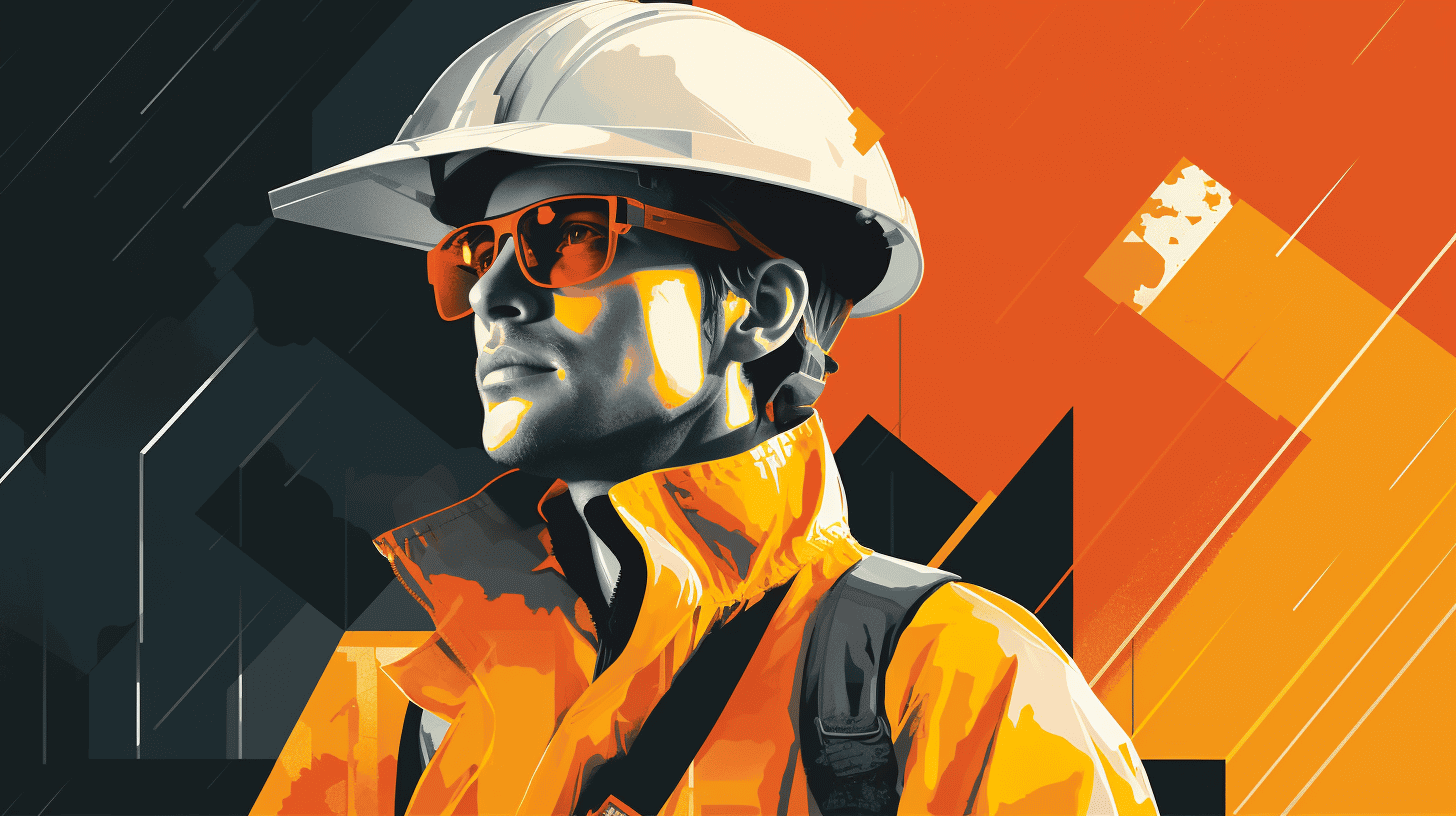
Leave a comment
This site is protected by hCaptcha and the hCaptcha Privacy Policy and Terms of Service apply.